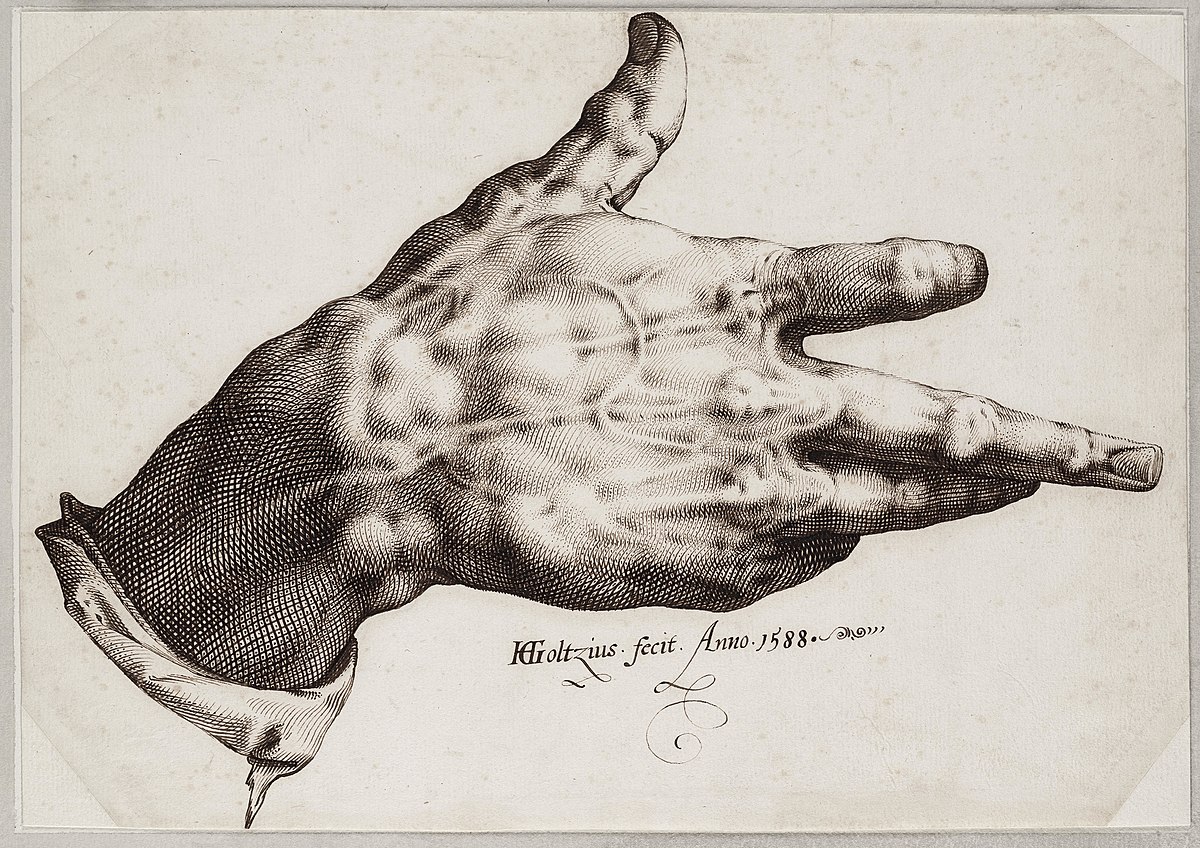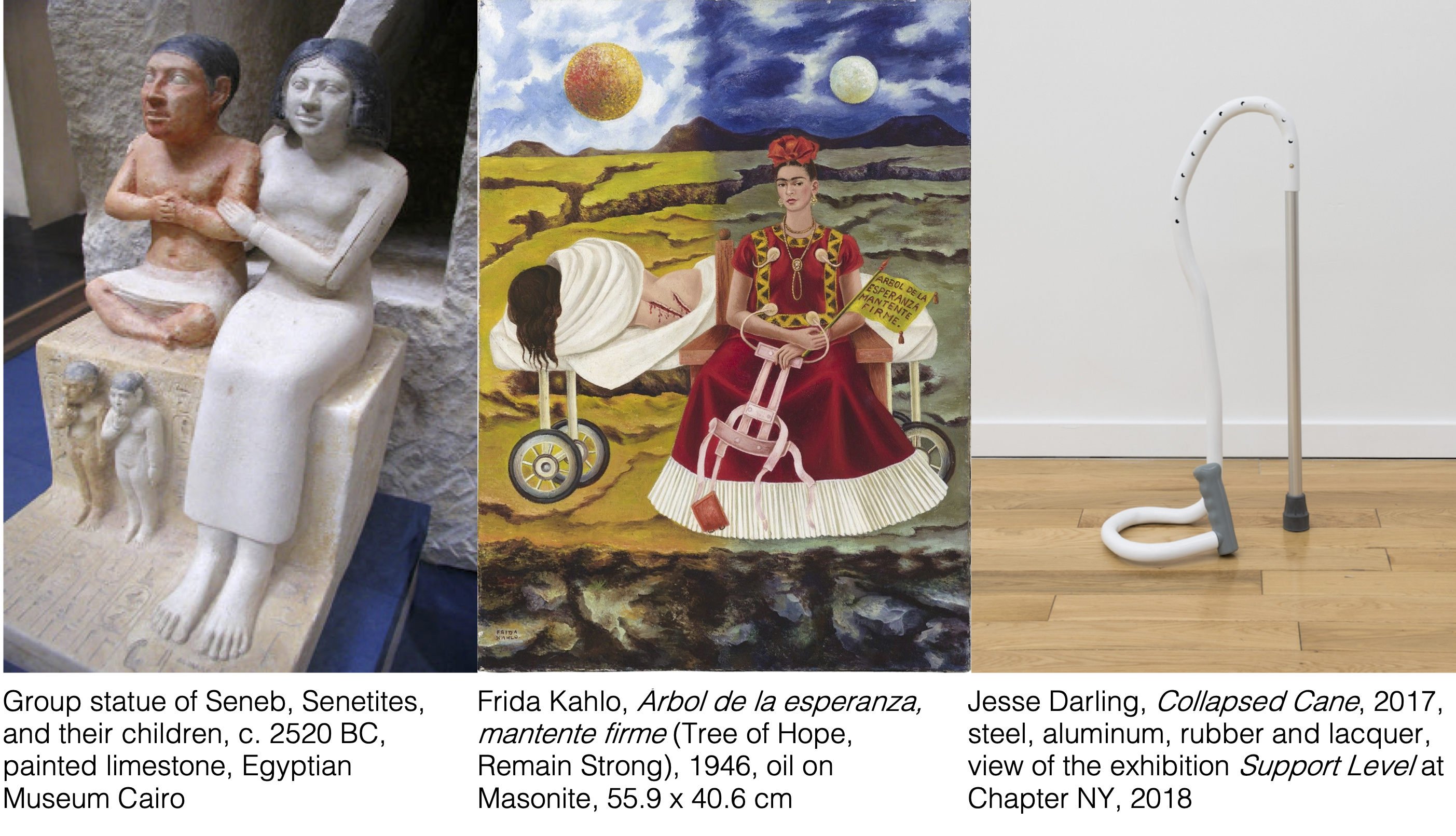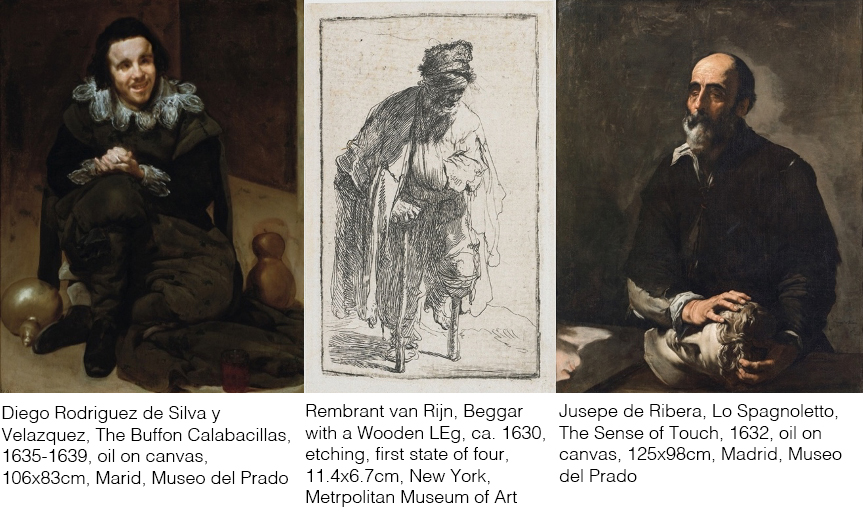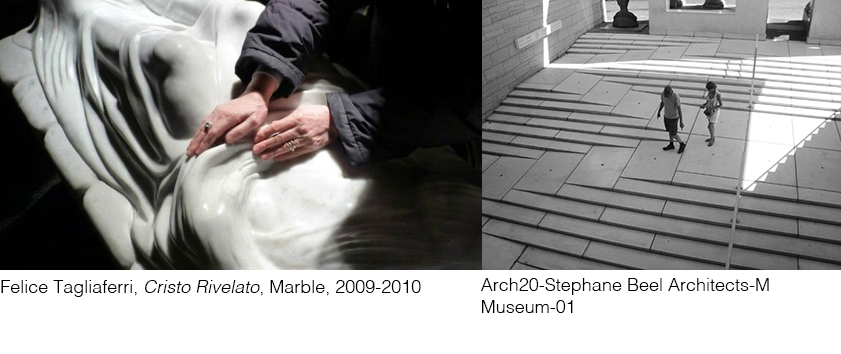Navigation auf uzh.ch
Navigation auf uzh.ch

Thanks to the achievement of political and cultural activism, the term “disability” has gained more and more attention in society over the last decades. Nevertheless, the definition of disability as a social and cultural construct remains problematic. The human body represents a constant subject of artistic representation across all epochs and cultures as well as the fundamental medium of art production and reception. The arousing debates around the politics and the social condition of the body with functional diversity underscore the importance of rethinking the body and its historically constructed unity also inside the art historical research. How can disability studies help us to rethink the body across art history? What kind of social challenges do bodies with functional diversity put on artistic institutions, such as galleries and museums? How does the depiction of functional diversity stimulate artistic creativity and questions normative definitions of art?
A first aspect of the project focuses on the “visibility” of functional diversity as well as of disability as a social condition. The research examines means and forms through which functional diversity visually manifests itself, for instance how artists have made the diversity of their body into the subject of their work or what kind of traces this diversity leaves in their works. By concentrating on its representation across different times and cultures, the project also asks about the visibility of disability as a cultural construct. It explores the rise and circulation of stereotypes and measures the impact that the visual representation of functional diversity has had on its historical and social perception. The goal is to develop adequate methodologies, concepts and vocabulary that can help to thematise disability within the art historical research.

Traditional art historical narratives tend to underscore the celebration of the artist’s mental and physical skills as the conceptual basis of historical definitions of art. In the early modern artistic vocabulary, the ability to perform the act of creation finds a reflection in categories such as Kunst-Können, destrezza, bravura etc. intended as expressions of the uninterrupted unity of the idealized body. And yet many premodern artists seem to have engaged with the depiction of functional diversity as a mean to question not only aesthetic ideals, genre conventions, or the normative construction of the pictorial space, but also to rethink the work of the artists themselves. The project aims to examine visual means, techniques and materials used by artists to represent bodies with functional diversities and their epistemological and aesthetic access to the world as a powerful mean to test both the possibilities and the limits of art.

Ensuring an equal access to art represents a fundamental goal for most artistic institutions. The project addresses the rethinking of space policies and communicative practices through the inclusion of different notions of body in museums and other artistic institutions. It examines the reception of the most recent discourses around disability, accessibility and their function as a stimulus for creativity in design and architecture as well as in the shaping of exhibition spaces. A further important aspect is represented by the role of mechanical and digital technology in opening new dimensions and possibilities for engaging with art. This enquiry should underline the importance of accessibility as a form of political and social inclusion, with particular focus on the art system and its mechanisms.
